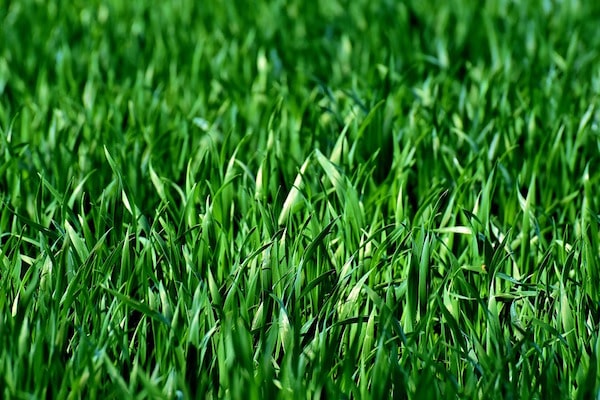In countries such as Germany or Switzerland they are a reality since years. Now, they are also in Spain: green coversare here, the green roofs are also incorporating photovoltaic solar panels.
Environmental awareness is no longer an option and fortunately, we have a wide range of alternatives to lend a hand on this matter. Perhaps green covers are one of the least common, despite it might appear a risky option at first sight, there are many benefits.
Green roofs are an efficient technique to improve the energy performance of our house with respect to our environment. Many times, the lack of space makes it difficult to fulfill the dream of having a small garden in which to spend our free time reading. Green roofs solve it!
Components
The first thing we need to know is that having a garden to crown our roof is not a crazy idea. There is already a whole series of standardized building systems as if it was a conventional cover, although we must take into account special care aspects, such as insulation.
In this sense, it is as important to have a retention layer as a draining layer. Being necessary to add other elements such as a waterproofing layer, filtration and absorbent beddings and if necessary, a root repellent cover.
Tiles can be used to make paths and division elements, and for the necessary installation of thermal solar panels, in order to provide sanitary hot water.
Green covers sustainability is in all the elements. Proof of this is, for example, the wide use of recycled materials like drainage elements, giving new use to materials such as polyethylene or rubber.

What plants to use?
Regarding the choice of plants, it is important to emphasize that these must have some resistance, be local plants varieties and, if possible with regenerating capacities. In this sense, we will make sure it needs low-maintenance.
Under the green carpet, we will ensure that the substrate is rich in porous minerals and poor in organic matter, with layers between 10-15 centimeters thick. The whole weight should not exceed 120kg/m2and the height of the vegetation should not be more than 50cm.
Advantages
- They contribute to the reduction of global warming and it contributes to a sustainable urban development. These green covers works as an authentic environmental filter retaining toxics.
- Improves to insulate a building from sound, blocking the noise, especially low frequencies. They are capable of reducing sound reflection up to 3 dB.
- Optimizes energy saving thanks to its thermal insulation. It is also a perfect protection against ultraviolet rays.
- Greater use of rainwater,reducing storm-water runoff up to 90%. Much of this water is returned to the atmosphere and the rest flows through drains with better evacuation performance.
Disadvantages
- Initially the construction requires a greater investment effort, since it needs highest structure requirements.• If we have not entrusted the execution of the project to accredited professionals, we run the risk from suffering of moisture and leaks as result of water filtration.
- We should carefully choose the type of plants we will use, otherwise the costs of maintenance will be higher than the construction… paying attention to roots that, over time can affect the structure.
- In buildings already built, installation may not feasible because the structure has to bear more weight.







Leave A Comment